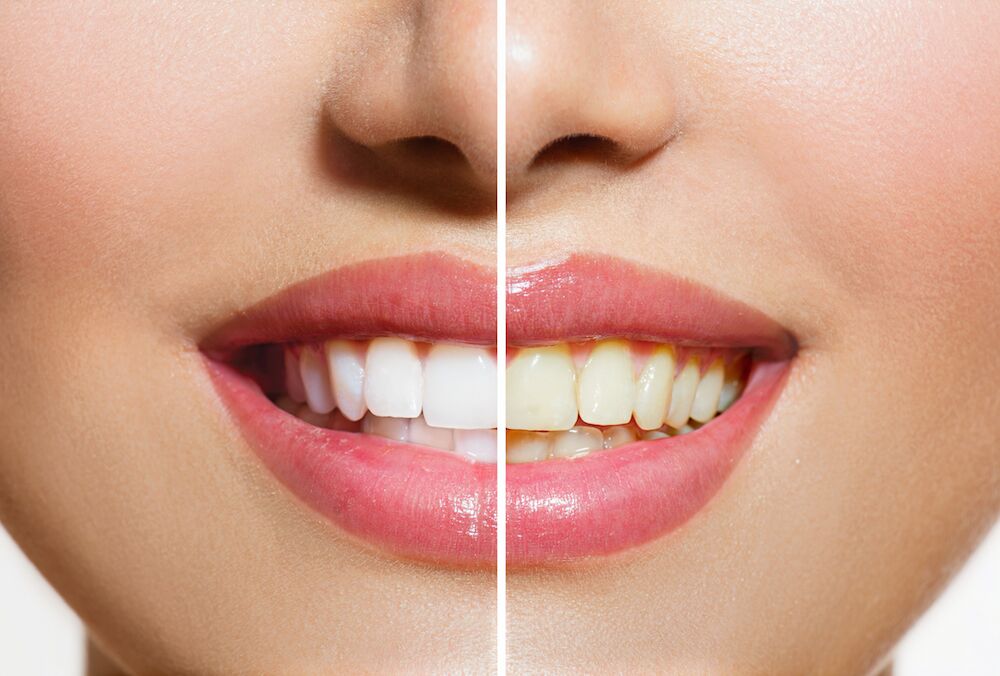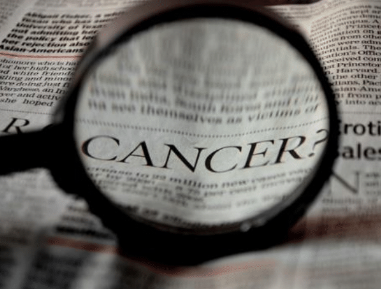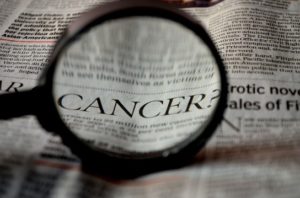Periodontal disease, or gum disease, and Rheumatoid Arthritis (RA) are a systemic inflammatory disorder, which is how they have a connection. Both diseases frustrate the immune system and attacks its own tissues, eventually leading to tooth loss and pain of joints. Learn about the connection and what you can do to protect your overall health.

Studies show a strong connection between RA and gum disease, an inflammatory condition that can lead to tooth loss and other health complications. Both diseases have inflammation in common, which explains the connection. Inflammation is a protective immune system response to viruses and bacteria. RA is an autoimmune disease which causes it to mistakenly trigger inflammation even if there are no viruses or bacteria present. Also, Brushing and flossing can be challenging for those with RA. In the journal PLoS Pathogens, they found that the bacteria that causes periodontal disease, Porphyromonas gingivalis, increases the severity of rheumatoid arthritis, leads to an earlier onset of the disease, and causes symptoms to progress quickly.
It is important for patients with rheumatoid arthritis (RA) to be brushing, flossing, and seeing your dentist regularly. It is very important to work with your doctors to find out what works best for you. People who have both gum disease and RA should have an informed care team comprised of both a physician and a periodontist. If you don’t have a periodontist, you should get an evaluation from your dentist every year to monitor the status of your gums. Research has found that when patients with RA successfully treat gum disease, pain and other symptoms get better.
For patients with RA, one must pay close attention to oral health and schedule regular dental exams, eat healthy and always brush and floss. If you have trouble taking care of your teeth due to stiff, painful hands or jaws, speak to your Grayslake dentist or therapist about ways to make dental care easier. Here are some tips as to how you can make dental care easier to manage:
- Toothbrush: add a tennis ball or bicycle grip to better handle your toothbrush
- Floss: experiment with different type of floss
- Toothpaste: using toothpaste in a pump may be easier for you than toothpaste you have to squeeze
If you have any questions or concerns regarding periodontal disease and rheumatoid arthritis, contact Four Lakes Dental to schedule a consultation and what we can do for you.









 Most serious oral health issues can be prevented by maintaining an effective routine of dental hygiene and in-office care. However, you could be at higher risk for some oral illnesses due to hereditary factors. Awareness and proper treatment can help minimize these risks. Here are a few of the most common oral health concerns that are affected by genetics.
Most serious oral health issues can be prevented by maintaining an effective routine of dental hygiene and in-office care. However, you could be at higher risk for some oral illnesses due to hereditary factors. Awareness and proper treatment can help minimize these risks. Here are a few of the most common oral health concerns that are affected by genetics. Loose teeth, bad breath, and painful, bloody gums – these are among the signs and symptoms of periodontal, or gum, disease. Unfortunately, periodontal disease can also begin without any obvious symptoms. If left undiagnosed or untreated, you could be at risk for irreparable damage to your teeth and gums. The good news is that periodontal disease is preventable. In fact, one of the most effective tools for preventing the disease only takes a minute of your time each day.
Loose teeth, bad breath, and painful, bloody gums – these are among the signs and symptoms of periodontal, or gum, disease. Unfortunately, periodontal disease can also begin without any obvious symptoms. If left undiagnosed or untreated, you could be at risk for irreparable damage to your teeth and gums. The good news is that periodontal disease is preventable. In fact, one of the most effective tools for preventing the disease only takes a minute of your time each day. During a comprehensive dental examination, our team will look for signs of oral cancer. Early detection is key with oral cancer. If caught early, most forms of oral cancer are treatable. Our dental team is trained and educated to identify oral cancer.
During a comprehensive dental examination, our team will look for signs of oral cancer. Early detection is key with oral cancer. If caught early, most forms of oral cancer are treatable. Our dental team is trained and educated to identify oral cancer.